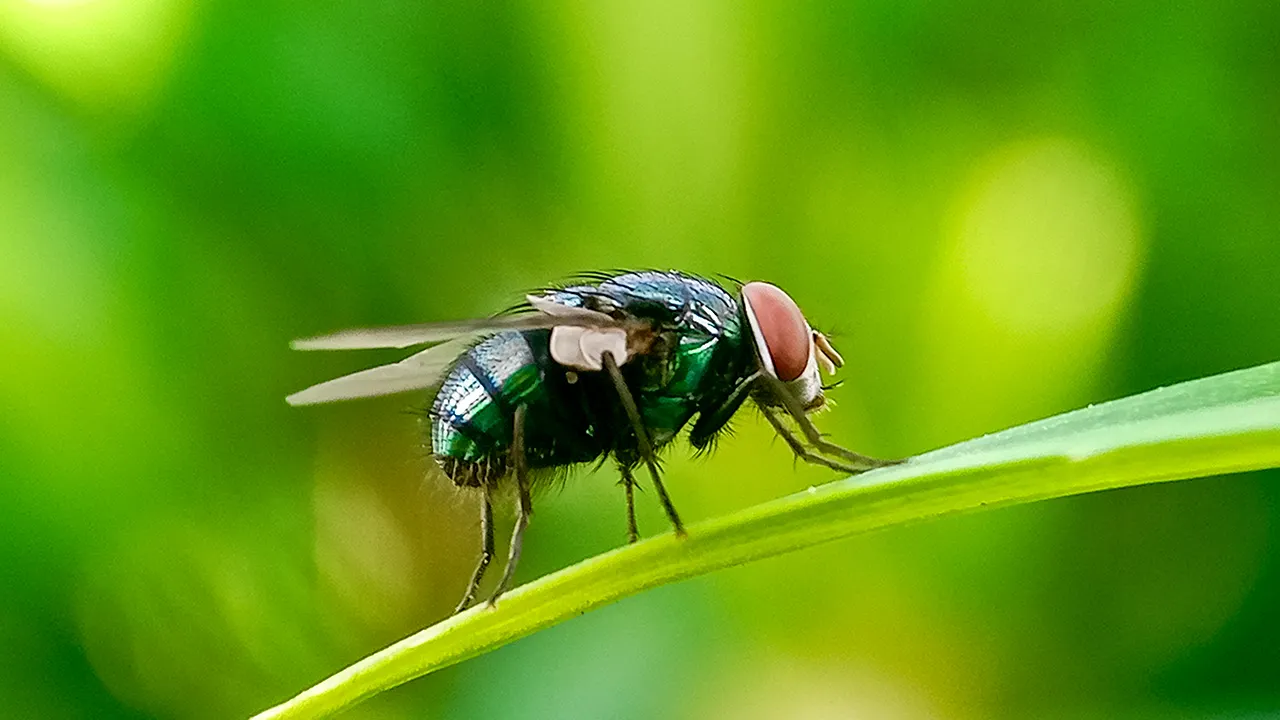New World Screwworm outbreak in Mexico halts US livestock imports amid threat

A threat to American livestock – the New World Screwworm (NWS) fly, which has been considered eradicated from the country since 1966, has reemerged as a potential danger following an outbreak in Mexico. The news triggered a shutdown of cattle, horse, and bison imports along the southern border, as U.S. Department of Agriculture (USDA) Secretary Brooke Rollins announced in a post on Sunday.
Due to the threat of New World Screwworm, the suspension of live cattle, horse, and bison imports through U.S. southern border ports of entry is effective immediately. The last time this devastating pest invaded America, it took 30 years for our cattle industry to recover. This cannot happen again.
What is the New World Screwworm?
The NWS is a fly that is endemic in Cuba, Haiti, the Dominican Republic, and some South American countries, according to the USDA’s Animal and Plant Health Inspection Service (APHIS). Cochliomyia hominivorax, the New World Screwworm fly, or Screwworm for short, is a species of parasitic fly that is known for the way its larvae (maggots) eat animals’ living tissue.
While the flies themselves are found in forests and other wooded areas, they will seek hosts like cattle or horses in pastures and fields. A female fly lays eggs in a wound or orifice of a live, warm-blooded animal. The eggs then hatch into larvae (maggots) that burrow into the flesh, causing potentially deadly damage.
Screwworms are named for their maggots’ behavior, as they burrow into the flesh similar to how a screw is driven into wood. Maggots cause extensive damage by tearing at the host’s tissue with sharp mouth hooks. This can then enlarge the wound and attract more flies to lay eggs. In rare cases, the larvae can feed on people, according to the Centers for Disease Control and Prevention.
Risk factors and prevention
Screwworms are often found in South America and the Caribbean. People who travel to these areas, spend time among livestock animals, sleep outdoors, and have an open wound are at greater risk of becoming infested with NWS. Wounds as small as a tick bite may attract a female to feed. People who are immunocompromised, very young or very old, malnourished, or have had recent surgery are also at a higher risk of infection.
Potential impact
If another outbreak were to occur in the U.S., pets, livestock, wildlife, and even humans may suffer and die from screwworm myiasis. The USDA estimates that livestock producers in the southwestern U.S. lost between $50 million and $100 million annually due to NWS in the 1950s and 1960s until it was successfully eradicated.
While the USDA eradicated NWS in 1966, there was an outbreak contained within the Florida Keys in 2016. It affected only the endangered deer population and was eradicated by March 2017.
In conclusion, the reemergence of the New World Screwworm fly poses a significant threat to American livestock. The USDA’s swift action to suspend imports is crucial in preventing a potential outbreak. It is essential for travelers to be aware of the risk factors and take necessary precautions to prevent infestations. The livestock industry must remain vigilant to ensure the safety and well-being of animals and humans alike.




